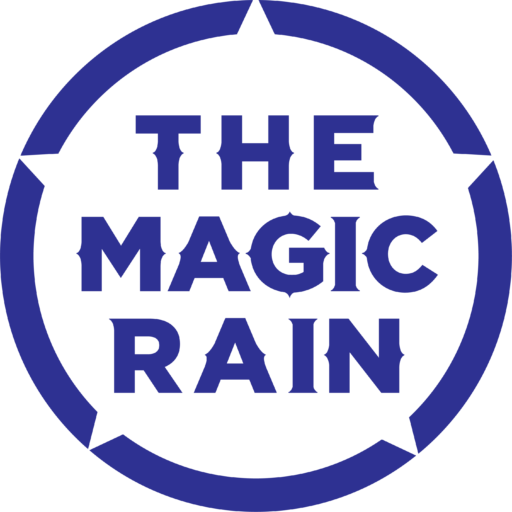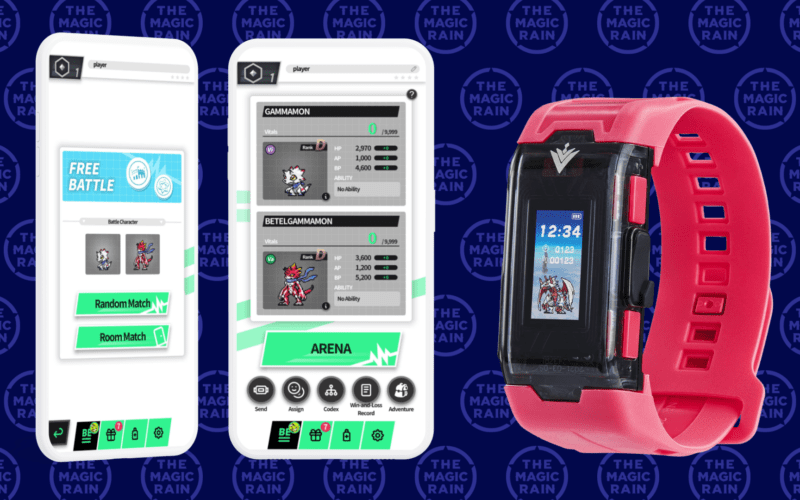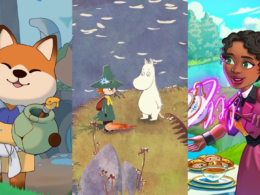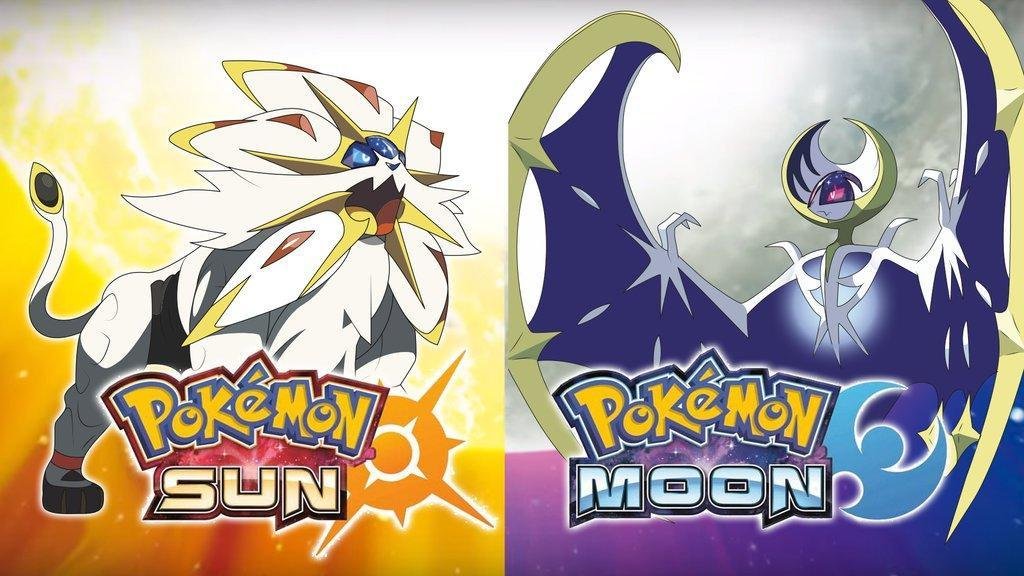In 2018, I wrote about the top 5 indie games on Steam that won’t break your bank and one of those games is the Darkest Dungeon, developed and released by Red Hook Studios. Recently on 8th May 2023, the same studio fully released their second iteration of the same game, Darkest Dungeon II. Though it was only recently released, the game has been in Early Access since 26th October 2021 and I have been playing the game since it first hit Steam in Early Access.
Just as I have mentioned in my previous reviews, I love turn-based games and Darkest Dungeon is also aligned with my favourite theme in games and books, H.P. Lovecraft. I have read a lot of his books, and this game is heavily inspired by his writings. The game still retains its roguelite nature but takes on another form entirely.
The Game
The world is dying and broken from madness. You, as the protégé of an old professor friend, along with 4 other heroes, are riding a stagecoach to the ends of the earth to fight against the horrors of the world. Along the way, you will travel to various apocalyptic locations, face horrors that roam the dead roads, and help the survivors live a while longer. Heroes travelling with you will get sick, develop quirks, and fall victim to nasty diseases, all while fighting and surviving to get to the end of the road.
Unlike the previous game, Darkest Dungeon II features 5 different chapters with 5 different end bosses with a few other optional bosses along the way. After choosing a chapter, the players will be presented with a variety of characters, selecting up to 4 heroes to put onto the stagecoach. The player will then ride along the roads, choosing the path that best suits their journey until they reach an Inn where the heroes can rest and recover. The heroes are here to seek redemption, saving not only the world but also themselves.

Along the road, players will choose from various locations to tailor their voyage to strengthen the heroes. From the Hoarder that provide trinkets, to the Field Hospital to heal diseases and treat quirks, and other combat encounters to earn rewards and trophies. Each choice you make is a risk and reward situation, as the wrong turn can lead to death which can either break your team or end your run. Since the game follows a roguelite nature, each run brings a randomly generated route, thus no two runs are the same.
The combat for Darkest Dungeon II follows the previous game, which is turn-based combat with speed as the determining factor for which hero goes first. Like the previous game, health and stress management are important as healing is scarce and full stress damage will cause a breakdown, or on rare occasions, a stand resolute.
Each hero starts with a set number of abilities and unlocks more along the ways through Shrines of Reflection but you can only use 4 combat abilities at a time. Relationships between heroes are also a crucial element that must be maintained as bad relationships will result in detrimental effects to the heroes’ abilities.

What do I like?
Again with the theme, the game really delivers on the gothic horror end-of-the-world feeling with heroes being depressed constantly and the sporadic occasion of supportive words shared among each other. The enemies are beautifully designed to represent the horrors from beyond and bring the imagination of H.P Lovecraft to life.
Each location is also unique to their own, from a burning city, to the hazardous lush forest, to the perilous pier, it does feel like we are journeying through a broken and dying world. The bosses at the end of each chapter are exceptional, although not exactly the Elder Ones of Eldric Horrors from H.P. Lovecraft, they can stand on their own as an Ancient Evil God.
The combat system is the same as the previous game with few exceptional new features like the bonding system that affects the abilities of the hero to either be disadvantageous or advantageous depending on their bonds. Each hero is unique in their abilities and their personalities which really brings about the narrative of trying to survive with unlikely companions.
Management of the team becomes even more crucial as I am running the whole journey with only these 4 heroes, with replacements that come randomly at the inn only if there is a death in the party. There is less attachment to the heroes as each run is different and they don’t level up like the previous games. It is instead the player that learns from our mistakes and thus levels up with each journey.

Stress health management though scarce has become a much easier ordeal, as there are even more variety of items and trinkets that can help you plan out your combat more efficiently. Even the stress management has somewhat elevated as enemies that uses stress attacks are rare and mostly delegated to either elite or boss fights. There is no more worrying that my team will not be able to make it even at full health because of the high stress level like the previous game.
Lastly, the game is more akin to other roguelite games like Slay the Spire and Wild Frost where I have to decide the next destination, and each choice is a risk and reward. Each run can either end too early due to poor choice of destinations, or my team could become so powerful that the end boss becomes an easy task to overcome. The game management may have moved on from city building and team building to just health and stress management, but it has intensified the risk and reward of the choice made based on location choice.
What don’t I like?
First and foremost, Darkest Dungeon II is a different game with only some recollection of the previous game. That being said, I do miss the town management and the feel of the town that is missing in this game. There is a town reconstruction system in the game but its more of unlocking items and hero stats that is similar to other roguelite games. There are no more lingering attachments to a band of heroes that you cultivate throughout the game, but more about keeping these 4 heroes alive to the conclusion.
Foregone is the preparation as you decide the best team composition and the best items like in the previous game, as in thia game, you bring 4 heroes through the journey with random generation of risk and reward. Though a minor change that does not affect the game at all, it does make the game differentiate itself from its previous iteration.

The one thing that I do have a strong opinion on are the Lair bosses, which are the optional bosses that you have to hunt and kill in the later chapters. They are far more difficult than the optional bosses that can be found in the first game. The wrong team composition with the wrong skills can spell doom in encountering theses abominations. There is also no difficulty scaling; be it the first location encounter or the third location encounter, their difficulty is all the same.
One in particular has become my long-time nemesis which to this day I have not been able to defeat without a sacrifice, the Librarian. This lair mechanic has become the bane of my run since you have to choose to hunt and kill one for the trophy to proceed to the final boss.
The Verdict: 9/10
Overall, even if the game has become a bit of a generic roguelite game, it has both the elements that I love which is the random nature of roguelite and the turn-based combat. The developer did set out to make a different game with the same tone as their previous iteration, and they delivered splendidly. I handsomely give the game 9 out 10 pies.












